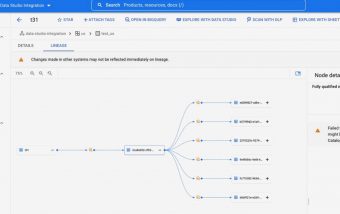How To Know If Someone Blocked You On iMessage? 5 Secret Hacks!
Apr 16, 2025

Apr 16, 2025

Apr 16, 2025

Apr 15, 2025

Apr 11, 2025

Apr 11, 2025

Apr 11, 2025

Apr 08, 2025

Mar 29, 2025
Sorry, but nothing matched your search "". Please try again with some different keywords.


AI Document Translation is a revolutionary application of artificial intelligence (AI) technologies in the field of language translation.
It involves the use of advanced algorithms and neural networks to automatically and quickly translate texts and documents from one language, such as Spanish, to another, such as English. Document translation using artificial intelligence has managed to attract considerable attention among a wide audience and has already been able to find a wide range of applications in different industries.
This is due to the peculiarities of the technology, and its ability to optimize the translation process, making it faster, more cost-effective and accessible.
AI document translation serves a diverse range of purposes and is instrumental in various sectors:
The use of AI document translation offers numerous advantages:

While AI document translation offers numerous advantages, it also faces some challenges:
Translating documents from Spanish to English is of paramount importance due to several reasons:
In conclusion, AI document translation, especially from Spanish to English, offers a powerful solution for overcoming language barriers and facilitating global communication. Its advantages in terms of speed, cost-effectiveness, and accessibility are significant, although challenges related to understanding context and quality control remain. In an increasingly connected world, the ability to translate documents into English is key to effective communication, business development, and access to knowledge across borders and distances.
Read Also:
Barsha Bhattacharya is a senior content writing executive. As a marketing enthusiast and professional for the past 4 years, writing is new to Barsha. And she is loving every bit of it. Her niches are marketing, lifestyle, wellness, travel and entertainment. Apart from writing, Barsha loves to travel, binge-watch, research conspiracy theories, Instagram and overthink.
View all Posts
How To Know If Someone Blocked You On iMessag...
Apr 16, 2025
7 Website Design Mistakes That Are Hurting Yo...
Apr 16, 2025
Programmable Dynamic SEO for Location-Based P...
Apr 15, 2025
Google Boba Game: How To Play This Fun Game B...
Apr 11, 2025
Which Is The Best Video Search Engine Of 2025...
Apr 11, 2025

